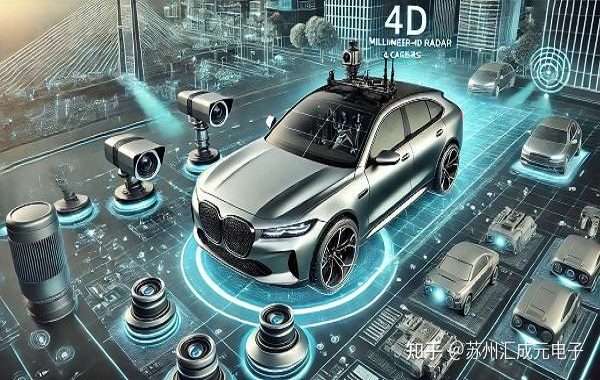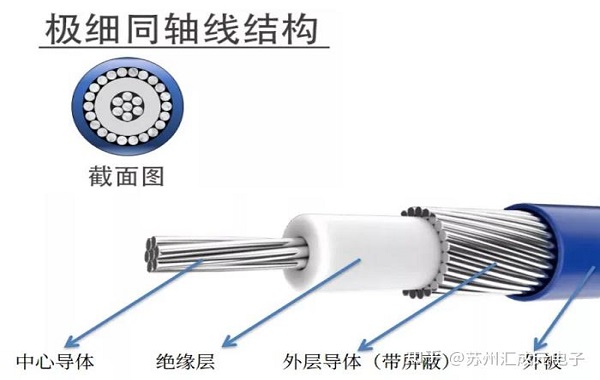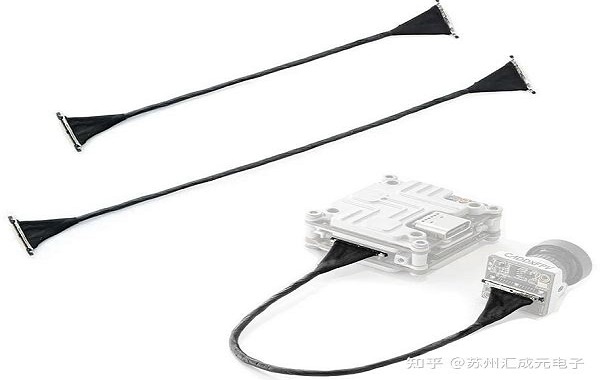In autonomous driving systems, cameras play a crucial role in environmental perception, not only requiring clear imaging but also stable and real-time transmission of a large amount of image data to the main control unit. In project practice, many people ask: why are many vehicle camera harnesses no longer using FPC and gradually shifting to ultra-fine coaxial cables (micro coaxial cable) instead? The answer involves various factors such as signal quality, wiring environment, and automotive-grade reliability.

Signal integrity and anti-interference performance
Under high-speed transmission environments, FPC is easily affected by bending methods and wiring structures, causing impedance inconsistency and thus triggering issues such as image interference, noise, or screen flickering. The advantage of ultra-fine coaxial cable bundles lies in the fact that each conductor has an independent shielding layer, which can effectively isolate external electromagnetic interference. Even in the complex electrical environment of vehicles, it can still maintain stable and clear signals, avoiding interference in image transmission.

Twofold, the difficulty of wiring and the need for flexibility.
The internal wiring space of vehicles is limited, especially in areas such as the front, rear, or roof, where the routing of the wires is complex, with many turns and high vibration. FPC is prone to fatigue and fracturing under multiple bends or long-term vibration, while extremely thin coaxial cables have better flexibility, can adapt to various narrow paths, and are not easily damaged during long-term use, providing higher assurance for mass production reliability.

III. Transmission Challenges Brought by Resolution Enhancement
Autonomous driving continuously raises the requirements for visual perception, with camera specifications evolving from the initial 1080P to 4K and even higher. High resolution means higher bandwidth requirements. FPC has significant losses in high-frequency long-distance transmission, while extremely thin coaxial cables have lower attenuation under high-bandwidth conditions, enabling stable support for the continuous transmission of large-volume image signals.

Four, reliability test in automotive-grade environment
The usage environment of vehicles is complex, requiring a long-term ability to cope with extreme conditions such as low temperatures, high temperatures, humidity, dust, and vibrations. FPC has a limited lifespan in such extreme environments and is prone to fatigue damage. In contrast, extremely fine coaxial cable assemblies perform better in temperature resistance, vibration resistance, and durability tests, which are more in line with automotive-grade requirements and are a more reliable solution for stable mass production.

From the perspectives of signal performance, wiring flexibility, bandwidth capability, and automotive-grade reliability, extremely thin coaxial cable harnesses are more suitable than FPCs for connecting autonomous driving camera systems in multiple key indicators. As the perception system continues to upgrade, the use of extremely thin coaxial cable harnesses has also become a natural trend in the development of the industry.
I amSuzhou Huichengyuan Electronic TechnologyLong-term focus on the design and customization of high-speed signal cables and ultra-fine coaxial cables, committed to providing stable and reliable high-speed interconnection solutions. If you have any related needs or want to learn more, please contact:Manager Zhang 18913228573 (WeChat same number)。




